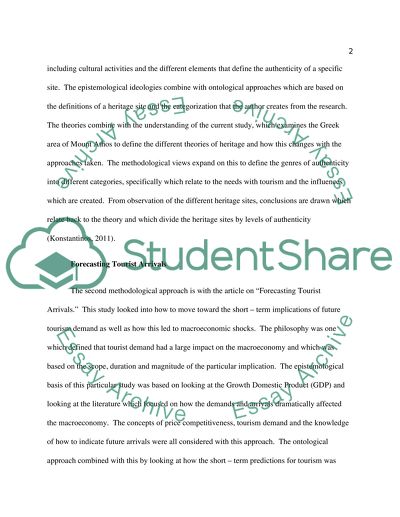Cite this document
(“Research philosophies and principles Essay Example | Topics and Well Written Essays - 3000 words - 1”, n.d.)
Retrieved from https://studentshare.org/tourism/1394146-research-philosophies-and-principles
Retrieved from https://studentshare.org/tourism/1394146-research-philosophies-and-principles
(Research Philosophies and Principles Essay Example | Topics and Well Written Essays - 3000 Words - 1)
https://studentshare.org/tourism/1394146-research-philosophies-and-principles.
https://studentshare.org/tourism/1394146-research-philosophies-and-principles.
“Research Philosophies and Principles Essay Example | Topics and Well Written Essays - 3000 Words - 1”, n.d. https://studentshare.org/tourism/1394146-research-philosophies-and-principles.


